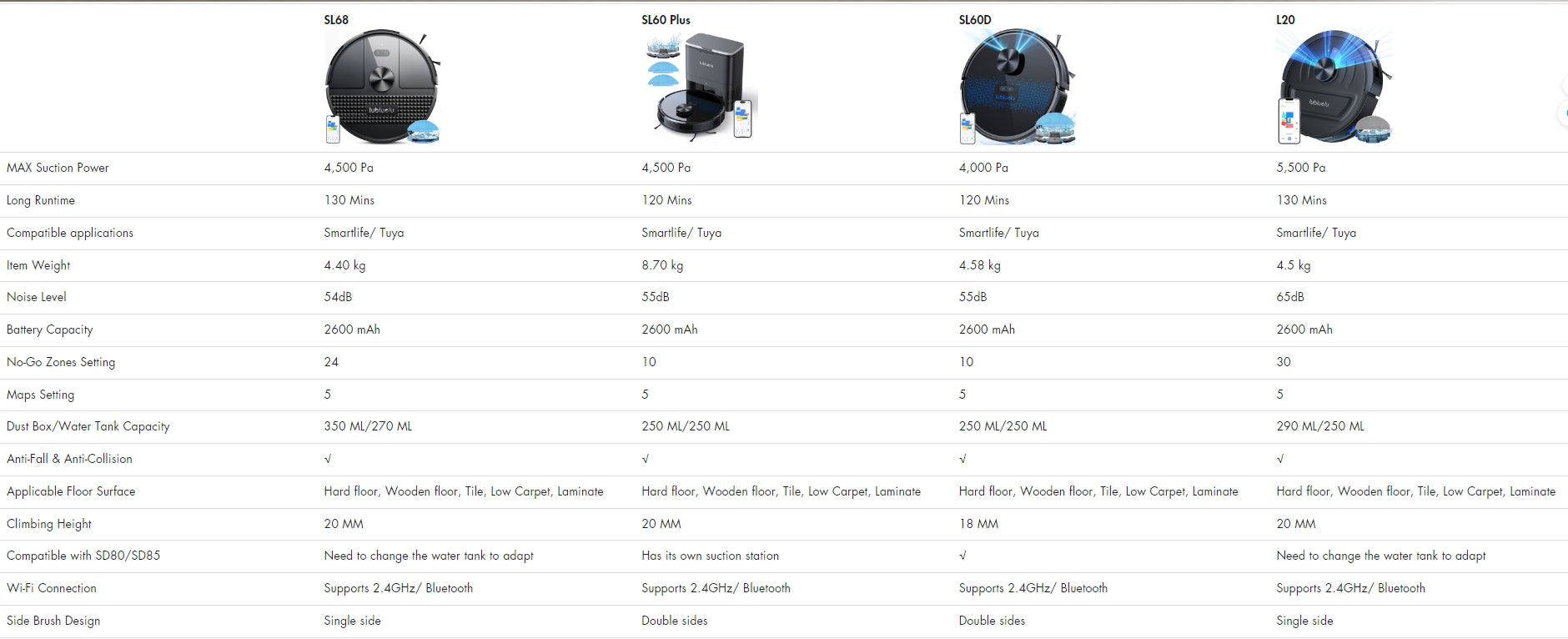Robot Vacuum Boundary Strips: Set up Cleaning Boundaries in Your Home

Your robot vacuum can reach every inch of the floor in your home, but what should you do if there are some areas that you would like your robot to avoid?
The solution is to set up no-go zones with boundary strips. In this post, we will discuss what are robot vacuum boundary strips, how to use them, and the best robotic vacuum with boundary strips. Let’s get started! 📖
Framework of this post:
1. What are boundary strips for robot vacuum
2. How to use robot vacuum boundary strip
3. Tips when using the magnetic strip
4. Best robot vacuum with boundary strip
5. FAQs on robot vacuum boundary strip

What Are the Boundary Strips for a Robot Vacuum?
Boundary strips can be used to set up no-go cleaning zones for a robotic vacuum. They tell the robot where it can and cannot go. When the boundary tape is detected, the device will stop and turn around automatically.
There are two main types of boundary strips:
1. Electronic virtual magnetic strips. This type of magnetic strip is applied in robot vacuums with laser-based or camera-based mapping technology. You can control this kind of robotswith an app on your smartphone, creating a virtual wall to set up no-go areas that you do not wish to clean.
2. Physical real-world magnetic strips. This is magnetic tape and it only functions with robot vacuums equipped with sensors that can recognize magnetic fields.
Take Lubluelu L20 as an example. It has a built-in compass sensor that corresponds to the magnetism of the strip. When the sensor detects magnetic tapes, lubluelu L20 would avoid the area blocked off by the boundary strip.

You need magnetic strips if you want your robot vacuum to avoid:
- Sinking into deep carpet
- Falling down the stairs
- Knocking over a valuable vase or pet food bowl
- Cleaning the kitchen or bathroom
- Getting tangled with wires
- Getting trapped around furniture with small gaps
- Running away from home
Boundary strips can reduce messes and protect the robot vacuum. Here are tips on how to use marker strips below.
How to Use Robot Vacuum Boundary Strips?
If your robotic vacuum applies laser or camera navigation, you can set up virtual boundaries on your smartphone. The device will perform this task digitally.
If your robot vacuum is able to detect magnetic strips, you can use magnetic strips to create borders.
1. Cut the boundary strip to your desired length. Make sure it is long enough to cover the area you need to block off. Gaps may cause the robot to malfunction in detecting the magnetic tape.
2. Place the magnetic strip flat on the floor and use connectors, or other fixed objects such as door frames or chair legs, to seal off the area you do not want the device to enter.
Tips When Using the Magnetic Strips
When using magnetic boundary strips, here are some important things you need to be aware of:
Tip 1: Don’t place the magnetic strip under the carpets, especially long-pile carpets. Shaggy carpets will weaken magnetic fields. For this reason, you should lay the magnetic strip at least 2 inches from the carpet.
Tip 2: Avoid placing strong magnetic objects around the magnetic strip, which may disturb the magnetic field distribution and mislead the robot vacuum.
Tip 3: Clean the sensor regularly. During daily use, dust pile up on the surface of the machine. If the sensor is covered by dust, it may fail to detect the magnetic strip. For the best performance, clean the sensor with a dry cloth regularly.
Tip 4: Avoid stepping on the marker tape.
Tip 5: Do not place chemicals near the magnetic strip.
Top 1 Robot Vacuum with Boundary Strips: Lubluelu SG60
Lubluelu SG60 is the top-of-the-line model in gyroscopic robot vacuums. It is equipped with a compass sensor that allows the machine to recognize the magnetic boundary tape.
With a roll of 6.6 ft. magnetic strip, you can set up shield areas you don’t want the machine to clean, such as around pet bowls, doorways, kitchens, bathrooms and other places you do not desire the robot to go.
SG60 has a high ranking in gyroscopic robot vacuums, with its long battery life, powerful suction, and smart obstacle avoidance technology.
It has a built-in anti-drop sensor and anti-collision infrared sensor that intelligently identify walls, furniture and other obstacles, and then automatically change the direction to prevent drops and collisions.
With a height of 2.99 inches, SG60 is perfect for getting under low furniture, bed and sofa to clean hard-to-reach corners.
FAQs on Robot Vacuum Boundary Strips
Below are some frequently asked questions about boundary tape for robot vacuums. If you have any other questions, leave them in the comment. 😉
1. Are boundary strips brand-specific?
No, physical magnetic strips are generally universal. Magnetic strips work with robot vacuums of all brands. As long as your robot vacuum comes with a sensor that can detect the magnetic strip, you can use any magnetic boundary tapes to set the cleaning zones.
2. Will any magnetic strip work for robot vacuum?
For magnetic strip to work with robot sweeper, it must come with a sensor that recognizes magnetic fields. If your device has such a sensor, then any magnetic strip will work with your robot.
3. Why are robot vacuum boundary strips not working?
If your robot vacuum boundary strips are not working, there are a few problematic things that may cause the issue.
- Your robot vacuum lacks magnetic sensors. Please check with the manufacturer.
- The robot’s sensor is dirty. Cleanthe sensor with dry cloth regularly.
- The boundary tapes begin to wear or become magnetically deficient. Replace them.
- There are strong magnetic objects placed near the robot.Move them away.
Leave a comment